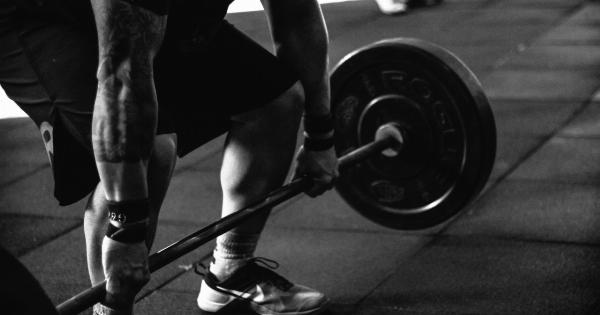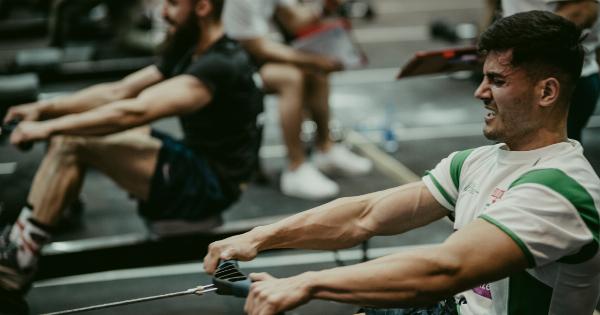Protein timing after training is a topic that has garnered much attention from fitness enthusiasts and athletes alike.
The idea behind protein timing is that consuming protein within a specific time frame after a workout can optimize muscle recovery and promote muscle growth. However, there is still some debate over what exactly works best when it comes to protein timing after training. In this article, we will explore different perspectives and scientific findings to help shed light on this matter.
The Anabolic Window
One popular concept related to protein timing after training is the “anabolic window”.
The anabolic window theory suggests that there is a specific time frame, typically within 30 minutes to 2 hours after a workout, during which protein intake is crucial for muscle growth. This theory gained traction based on studies that showed an increase in muscle protein synthesis when protein was consumed immediately after exercise.
The Immediate Post-Workout Period
Many athletes and bodybuilders swear by consuming protein immediately after their workouts to maximize muscle recovery.
The rationale behind this approach is that muscles are highly receptive to nutrients during this period due to increased blood flow and insulin sensitivity. Protein consumed during this time is believed to stimulate muscle protein synthesis and prevent muscle breakdown.
The Benefits of Pre-Workout Protein
While post-workout protein is often emphasized, some research suggests that consuming protein before a workout may be equally important.
A study published in the Journal of the International Society of Sports Nutrition found that participants who consumed protein before their workouts experienced similar gains in muscle mass and strength compared to those who consumed protein immediately after. This suggests that pre-workout protein may also play a role in muscle recovery and growth.
Protein Quality
When considering protein timing after training, it’s important to also take into account the quality of protein consumed. Proteins are made up of amino acids, which are the building blocks of muscle.
Different protein sources contain varying types and amounts of amino acids, and this can influence their effectiveness in promoting muscle recovery and growth.
Fast vs. Slow Digesting Proteins
Another factor to consider is the digestion rate of the protein consumed. Fast-digesting proteins, such as whey protein, are quickly broken down and absorbed by the body, making them ideal for post-workout consumption.
Slow-digesting proteins, like casein protein, are absorbed at a slower rate, providing a steady supply of amino acids over a longer period of time. Some studies suggest that a combination of fast and slow-digesting proteins may be more beneficial for muscle recovery compared to just consuming one type.
Individual Variations
It’s important to remember that individual variations play a significant role in protein timing after training. Factors such as age, gender, body composition, and exercise intensity all influence how the body responds to protein intake.
Some individuals may benefit more from consuming protein immediately after a workout, while others may see similar results with a slightly delayed intake.
Practical Recommendations
Considering the various perspectives and research findings, it seems that there is no one-size-fits-all approach to protein timing after training. However, here are some practical recommendations to consider:.
1. Aim to consume protein within 1-2 hours after your workout.
While the anabolic window may not be as strict as previously believed, consuming protein within a reasonable time frame after training can still be beneficial for muscle recovery. This allows for optimal nutrient uptake and utilization by the muscles.
2. Prioritize protein quality.
Choose high-quality protein sources that provide a complete amino acid profile.
This includes lean meats (such as chicken, turkey, and fish), dairy products (such as Greek yogurt and cottage cheese), eggs, and plant-based proteins (such as tofu and legumes).
3. Consider a combination of fast and slow-digesting proteins.
Including both fast and slow-digesting proteins in your post-workout nutrition may provide a more balanced and sustained release of amino acids. This can help optimize muscle recovery and promote muscle growth over an extended period of time.
4. Listen to your body.
Ultimately, individual responses to protein timing may vary. Pay attention to how your body feels and performs with different approaches. Experimentation and keeping track of your progress can help you determine what works best for you personally.































